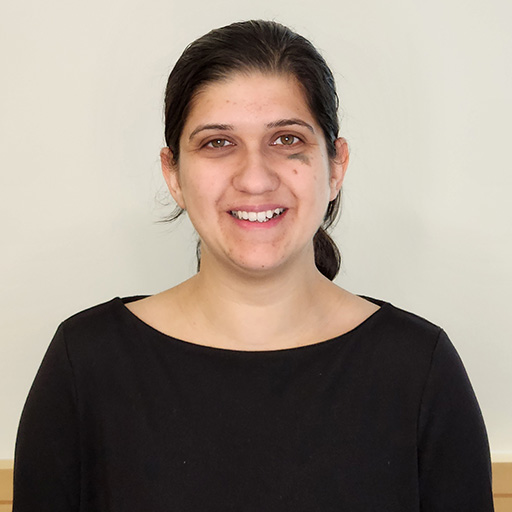The Relationship Between Genetic Predisposition and Age in AMD

Principal Investigator
Rosario Fernández Godino, PhD
Massachusetts Eye and Ear Infirmary
Boston, MA, USA
About the Research Project
Program
Award Type
Standard
Award Amount
$160,000
Active Dates
July 01, 2018 - December 30, 2020
Grant ID
M2018115
Acknowledgement
Goals
Age-related macular degeneration (AMD) affects more than 2 million individuals in the US and it will reach 3 million by 2020. Current therapies can improve vision only in some patients with advanced AMD; unfortunately, there is no effective therapy that prevents disease progression in patients with early disease or genetic predisposition. My aim is to create a cell-based model to discover the primary mechanisms activated by the combination of aging and genetic variants in complement genes in patients with early AMD; so that drugs can be designed to stop these mechanisms before they lead to major damage and legal blindness.
Summary
The first clinical sign of AMD is the formation of drusen, which appear as yellow spots in the fundus of the eye and whose mechanism of formation is unclear. Drugs that prevent drusen progression could cure AMD However, to develop these drugs, we need to understand how drusen form, and how aging and genes participate in this process. The most important genes associated with AMD belong to the complement system, which is an important part of the immune system that attacks bacteria. Mutations in these genes along with age, may cause the complement system to attack your own retinal cells inappropriately, which results in drusen formation. In our lab, we use retinal cells carrying typical mutations in complement genes to mimic the formation of drusen in a dish. This model helps to advance our understanding of why people with complement defects develop AMD, which is key for the design of drugs that can be administered as soon as drusen is detected, preventing disease progression to blindness.
Grants
Related Grants
Macular Degeneration Research
The Role of Mitochondrial Dysfunction in Age-Related Macular Degeneration
Active Dates
July 01, 2023 - June 30, 2025

Principal Investigator
Navdeep Gogna, PhD
The Role of Mitochondrial Dysfunction in Age-Related Macular Degeneration
Active Dates
July 01, 2023 - June 30, 2025

Principal Investigator
Navdeep Gogna, PhD
Macular Degeneration Research
Mouse Models for Subretinal Fibrosis
Active Dates
July 01, 2022 - June 30, 2025

Principal Investigator
Patsy Nishina, PhD
Mouse Models for Subretinal Fibrosis
Active Dates
July 01, 2022 - June 30, 2025

Principal Investigator
Patsy Nishina, PhD
Macular Degeneration Research
Gene Regulation of RPE Maintenance
Active Dates
July 01, 2022 - June 30, 2025

Principal Investigator
Lev Prasov, MD, PhD
Gene Regulation of RPE Maintenance
Active Dates
July 01, 2022 - June 30, 2025

Principal Investigator
Lev Prasov, MD, PhD



